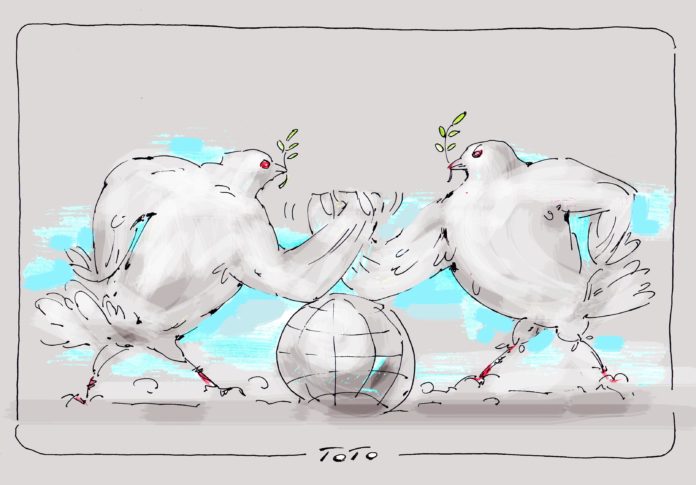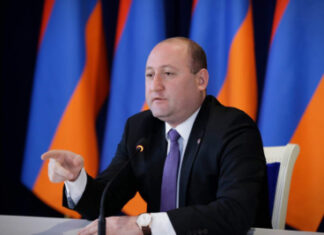The foreign ministers of Armenia and Azerbaijan are heading to Washington for another round of talks within the framework of the Organization for Security and Cooperation in Europe (OSCE). These talks have become routine rituals, where diplomats spin their wheels, while on the ground a serious confrontation between the parties develops.
Historically, these encounters have proven futile, particularly when they are held in a major capital. During those meetings in high-profile centers, instead of focusing on finding a resolution, the issue becomes the rivalry between these capitals. In this case, it is not in the interest of Moscow for a sudden breakthrough to take place in Washington. Consequently, no breakthrough could be achieved in Moscow for the same reason.
However, the parties are far from reaching any agreement or breakthrough, since storm clouds are gathering, while the parties prepare to talk about peace. A military analyst, Hayk Nahapetyan, commented recently in the Armenian press on the developing situation in the region by stating: “Azerbaijan is slowly but steadily closing the circle around Artsakh,” referring to the Turkish-Azerbaijani military exercises in Nakhichevan. “Such a growth in intensiveness,” Nahapetyan said, “was observed also in February-March 2016, on the eve of the military operations in April.”
Azerbaijan had previously announced plans for seven joint exercises with the Turkish military, but that number was raised to 13, signaling a worsening of the situation.
Warned by this buildup, Armenia has also increased its military preparedness, to avoid a repeat performance of the stealth attack by Azerbaijan on Artsakh of April 2016.
A more alarming development is the massive troop buildup by Turkey in Nakhichevan.










